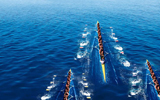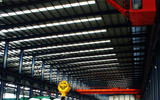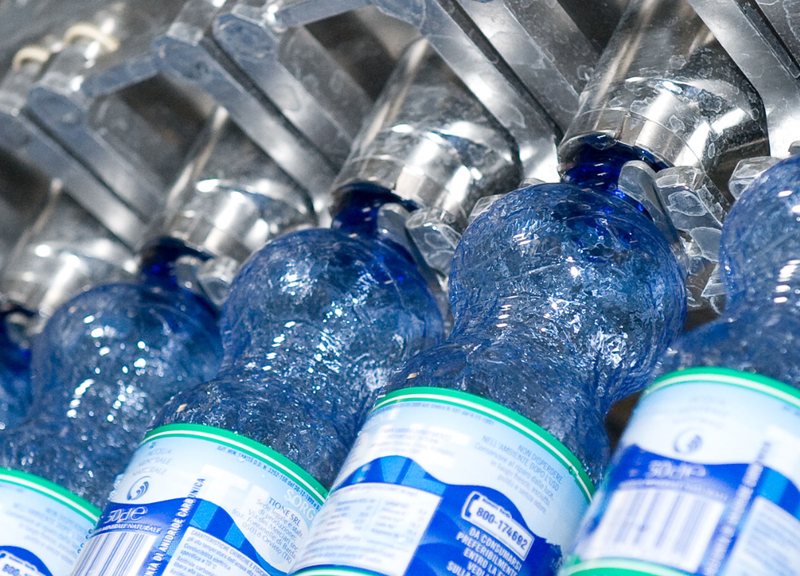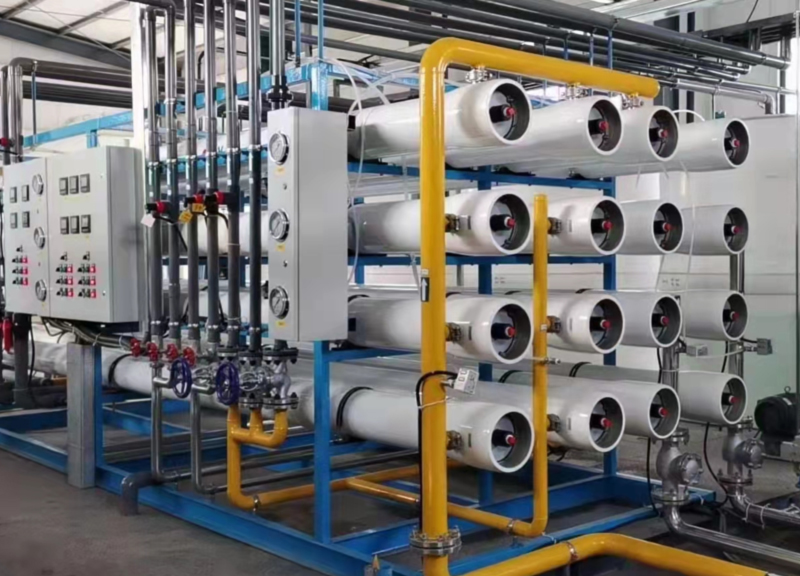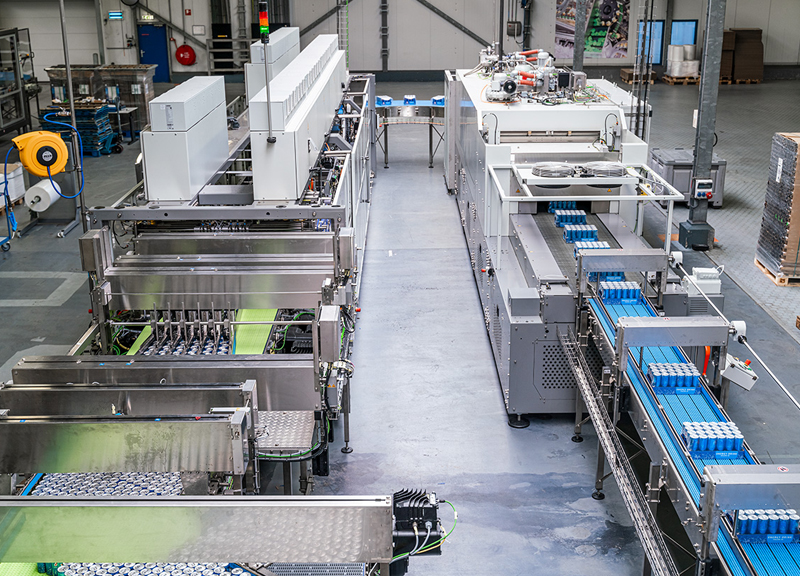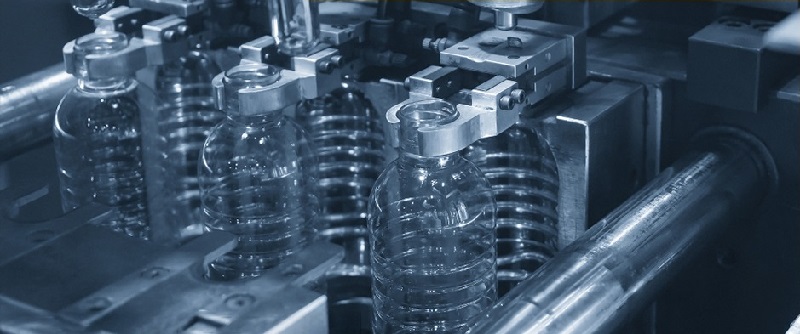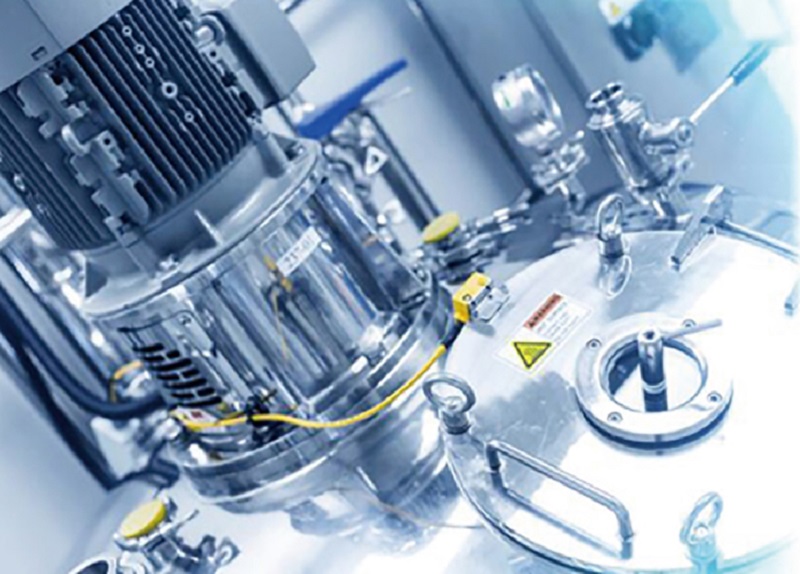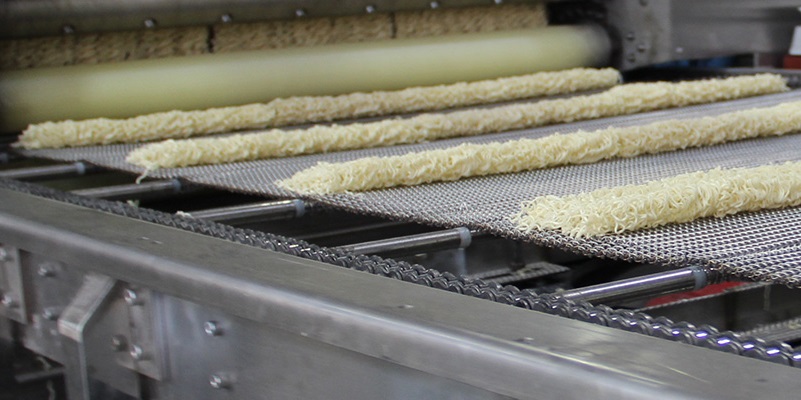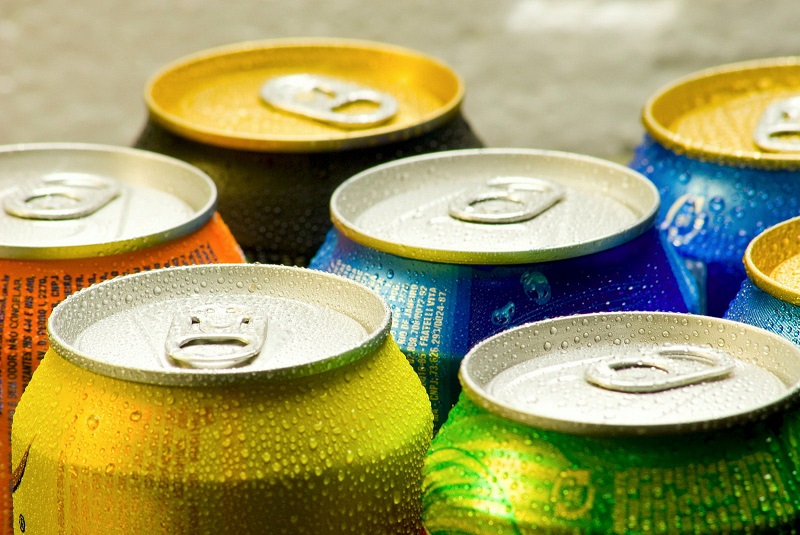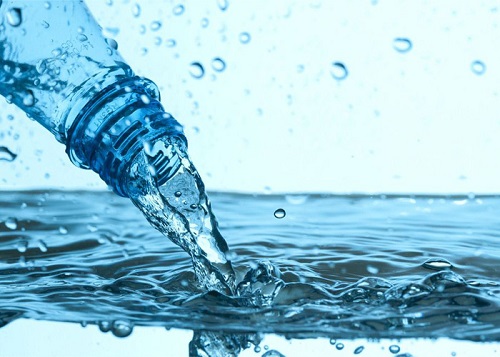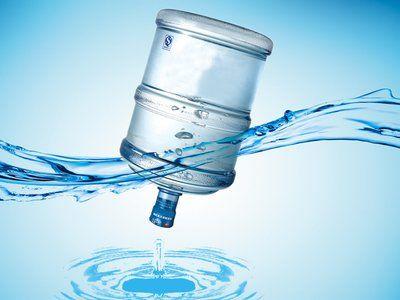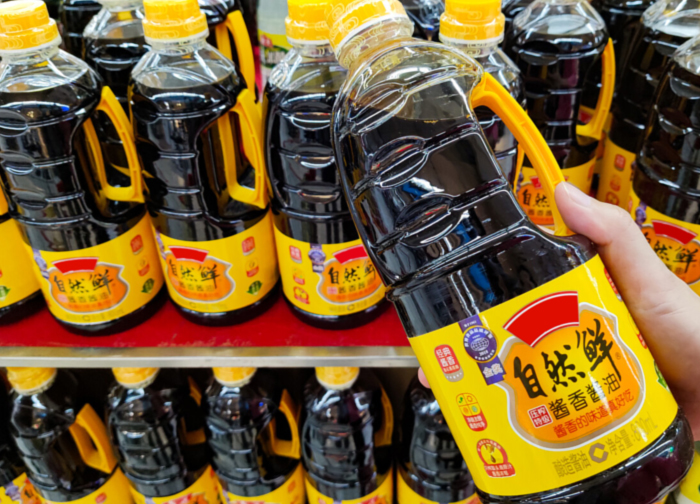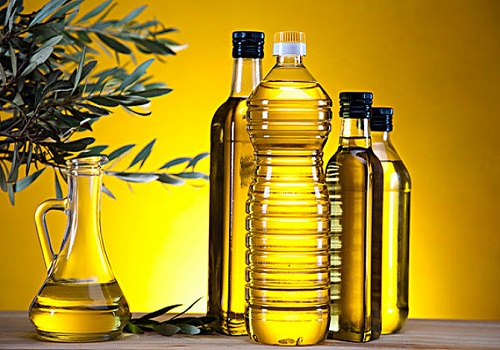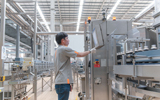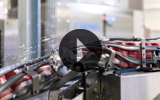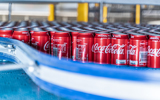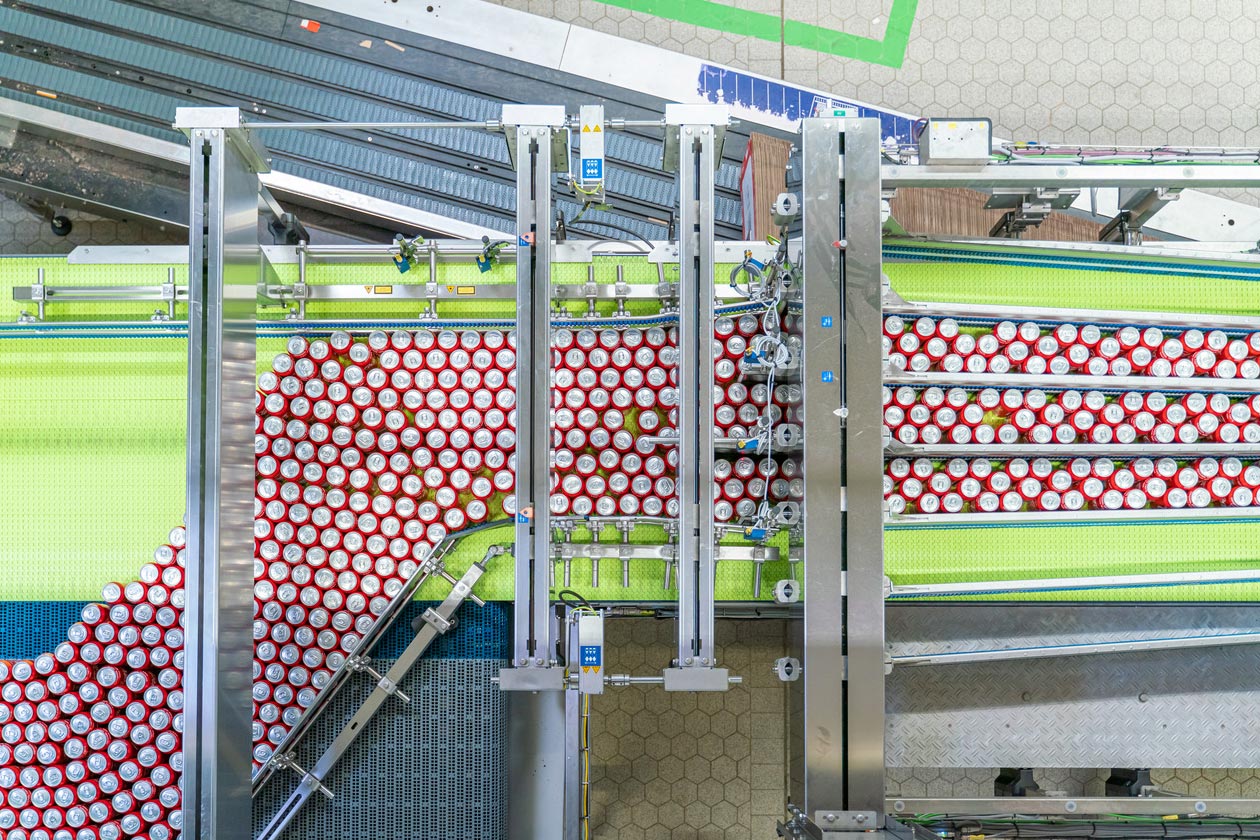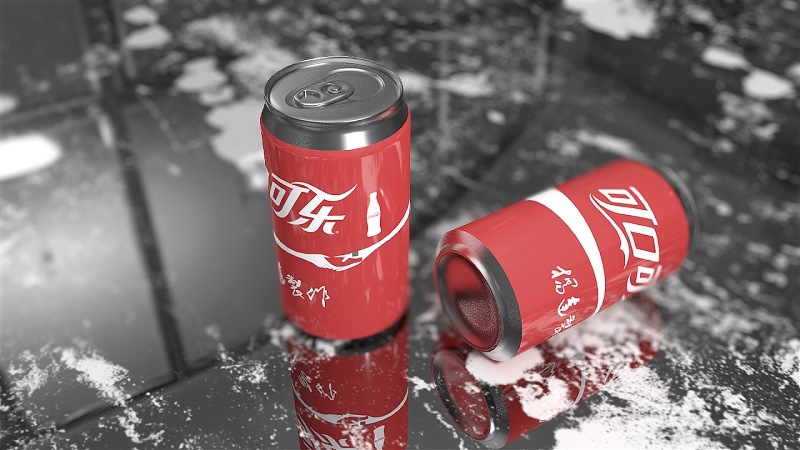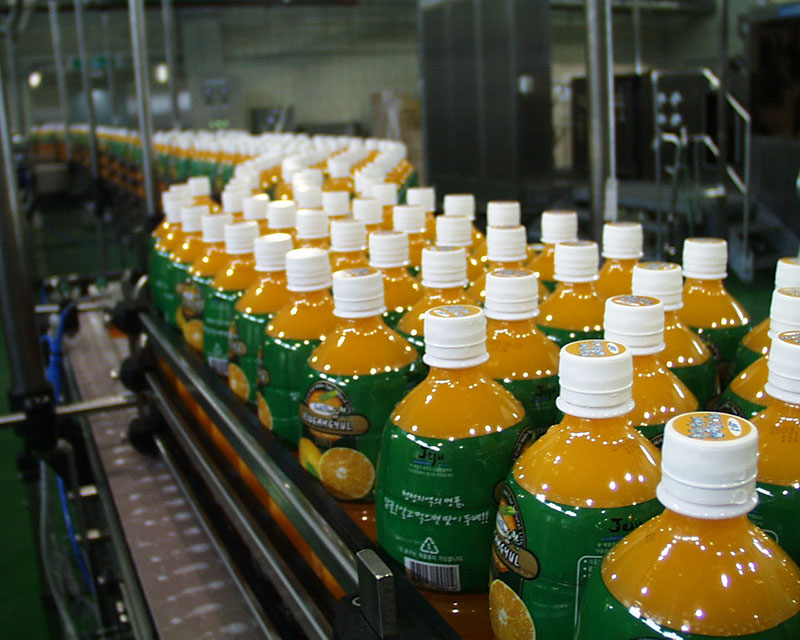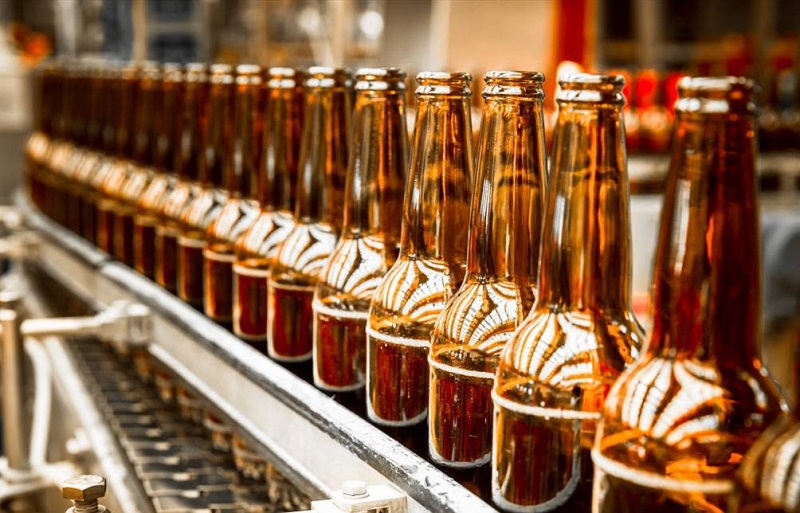Enhancing Efficiency in Aquatic Production Equipment
In the realm of aquatic production, efficiency is paramount. Efficient equipment not only boosts productivity but also ensures sustainability and cost-effectiveness. This article delves into innovative technologies and strategies that enhance efficiency in aquatic production systems.
Aquaculture systems rely heavily on equipment designed to optimize various aspects of fish and seafood farming. Modern advancements have led to the development of high-performance water recirculation systems, automated feeding mechanisms, and precise environmental control modules. These innovations not only streamline operations but also minimize resource wastage and environmental impact.

Water Recirculation Systems
One of the cornerstones of efficient aquatic production is water recirculation technology. Traditional aquaculture often requires large volumes of water to be replaced regularly, leading to significant resource consumption and environmental strain. Water recirculation systems mitigate these challenges by continuously filtering and reusing water within the production environment. This not only conserves water but also maintains optimal water quality, crucial for the health and growth of aquatic species.
Automated Feeding Mechanisms
Precise feeding is essential in aquaculture to ensure proper growth and nutrition of the aquatic organisms. Automated feeding mechanisms utilize sensors and algorithms to deliver exact amounts of feed at optimal times. This automation reduces human error, improves feed efficiency, and minimizes waste. Furthermore, some advanced systems can adjust feeding rates based on real-time environmental conditions, such as water temperature and dissolved oxygen levels, further optimizing growth parameters.
Environmental Control Modules
Maintaining stable environmental conditions is crucial for the health and productivity of aquatic species. Environmental control modules integrate sensors and actuators to monitor and regulate key parameters such as temperature, pH levels, oxygen saturation, and light intensity. These systems provide precise control over the production environment, creating ideal conditions for growth and minimizing stress on the aquatic organisms.
Conclusion
Efficiency in aquatic production equipment is not merely about maximizing output; it is about sustainability, resource conservation, and environmental stewardship. By embracing technologies like water recirculation systems, automated feeding mechanisms, and environmental control modules, aquaculture operations can achieve higher productivity while reducing their ecological footprint. As the industry continues to innovate, the future promises even greater efficiency gains, ensuring a sustainable supply of seafood to meet global demands.


